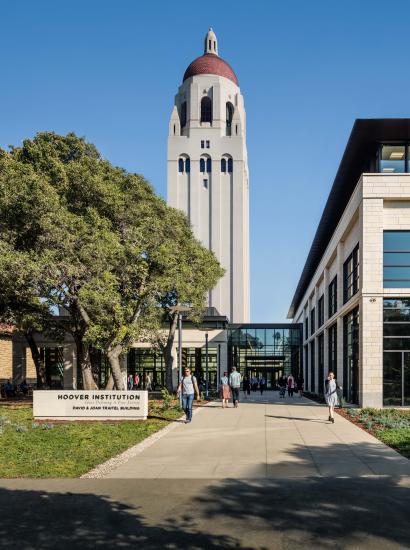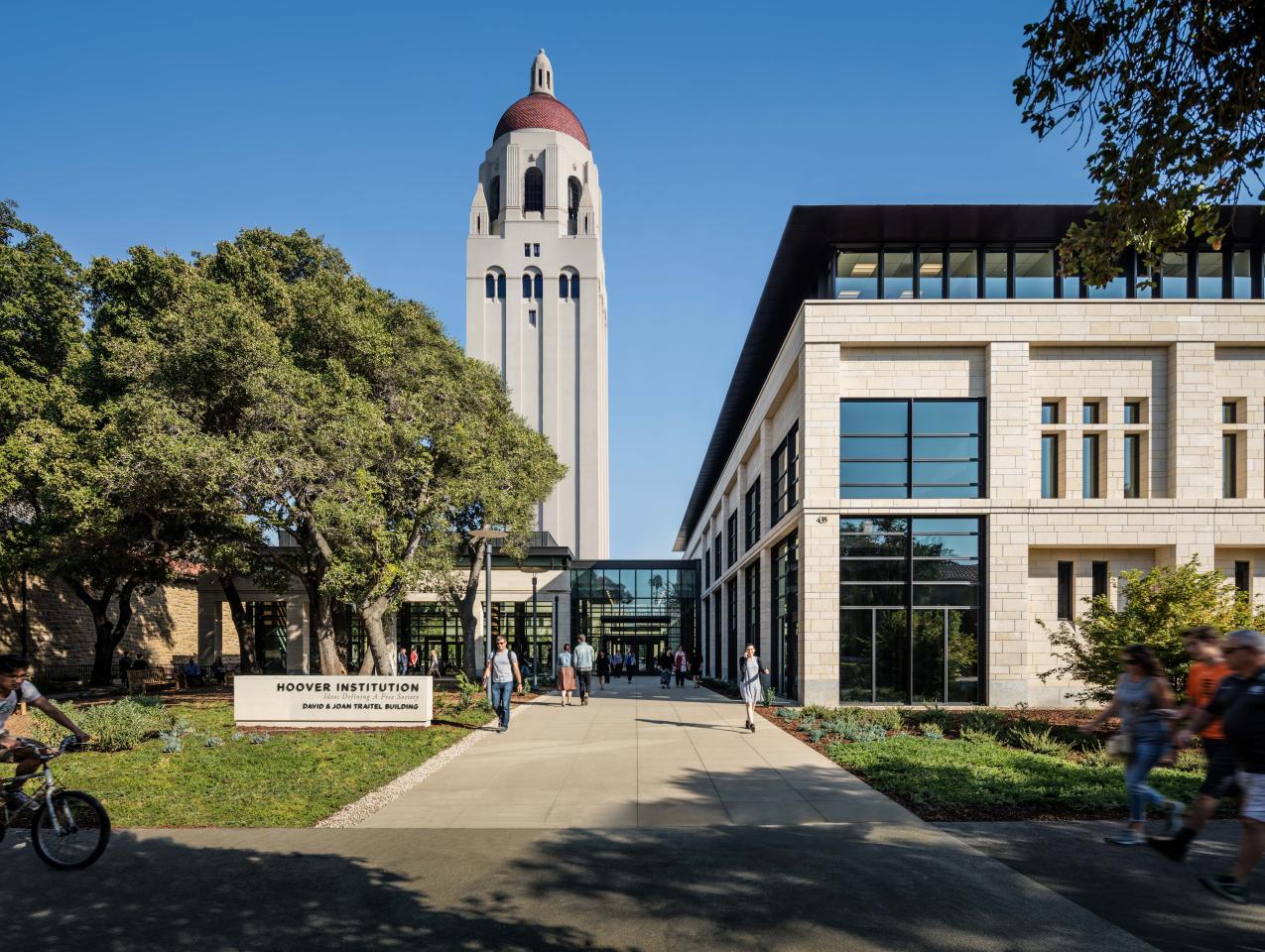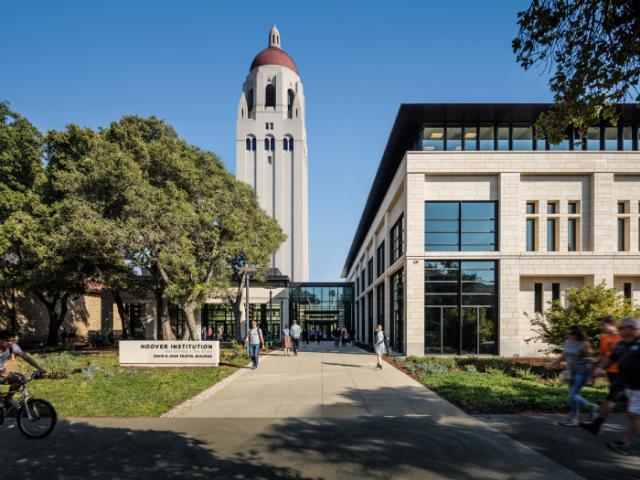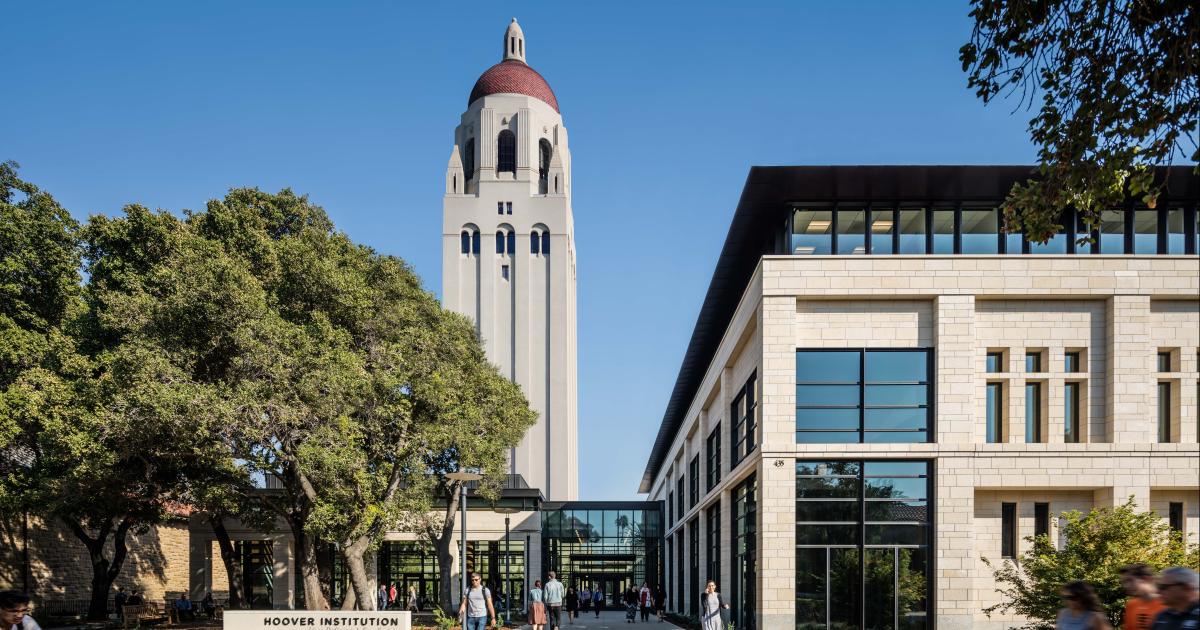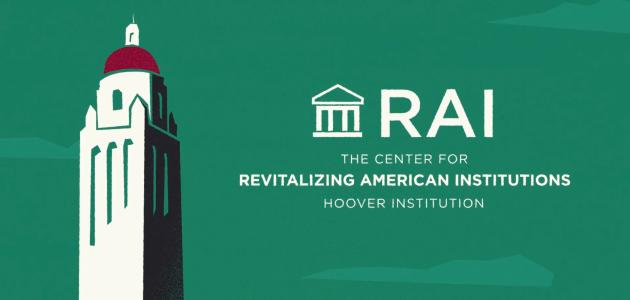Hoover Institution (Stanford, CA) – Today, the US National Science Foundation (NSF) announced a five-year $67 million investment establishing Safeguarding the Entire Community of the US Research Ecosystem (SECURE) ($50 million to University of Washington & $17 million to Texas A&M University), as mandated in the "CHIPS and Science Act of 2022." Research security is a concern because some foreign entities attempt to unethically — or even unlawfully — access and use US research. The Hoover Institution at Stanford University will be integral to supporting SECURE.
Hoover will partner with the University of Washington, Texas A&M, and eight other organizations in contributing scholarship and expertise to SECURE. The Hoover Institution will build a team of geopolitical analysts, data engineers, programmers, and risk modelers who will apply leading-edge qualitative and data science methodologies to provide expertise on sensitive research, threat types, and the evolving environment for international collaboration.
“America’s prosperity depends on pushing the frontiers of science and innovation and attracting the best talent and ideas from all over the world,” said Secretary Condoleezza Rice, Director of the Hoover Institution. “The Hoover Institution is honored to support SECURE’s efforts to enhance the resilience of our research ecosystem in a more challenging world.”
“The Hoover Institution is delighted to contribute our strengths in rigorous empirical scholarship to the goals of safeguarding research, facilitating collaboration, and building a more inclusive ecosystem of global science,” said distinguished research fellow Glenn Tiffert, who will lead Hoover’s role in SECURE. “SECURE represents an all-star team animated by a common spirit of service to the research community and we are eager to get started.”
SECURE consists of two major components.
The SECURE Center, led by the University of Washington, will link members of the US research community from institutes of higher learning, nonprofits, and businesses in a safe, trustworthy platform to share information and reports on research security risks, provide training on research security, and serve as a bridge between the research community and government funding agencies to strengthen cooperation on addressing security concerns. It will operate as a clearinghouse for information to empower the research community to identify and mitigate foreign interference that poses risks to the US research enterprise while maintaining principled international collaboration.
SECURE Analytics, led by Texas A&M University, will provide enhanced expertise in the form of risk identification and modeling, landscape analyses, and data reporting while working to protect the privacy of users.
Director Condoleezza Rice will chair a diverse advisory board for SECURE Analytics comprising distinguished scientists, national security professionals, technology entrepreneurs, and a civil rights attorney.
The Hoover Institution is renowned for its scholarship and policy reports on safeguarding the security and integrity of academic, corporate, and government research. Under the guidance of Tiffert, Hoover has produced touchstone publications in the field, including Global Engagement: Rethinking Risk in the Research Enterprise (2020) and Eyes Wide Open: Ethical Risks in Research Collaboration with China (2021). Tiffert has also worked on research security closely with stakeholders in government, industry, and academia across the United States and nearly two dozen partner nations.
“NSF is committed to principled international collaboration. At the same time, we must address threats to the research enterprise,” said NSF director Sethuraman Panchanathan. “The SECURE Center is how we bring the research community together to identify risks, share information, and leverage national expertise on research security to develop solutions that protect essential research being done at institutions across the nation. This is a community-focused platform, and the research community will be the drivers of how SECURE Center tools and services are designed, used, and improved upon.”
For more information, visit Research Security at the National Science Foundation.
For coverage opportunities, contact Jeffrey Marschner, 202-760-3187, jmarsch@stanford.edu.









